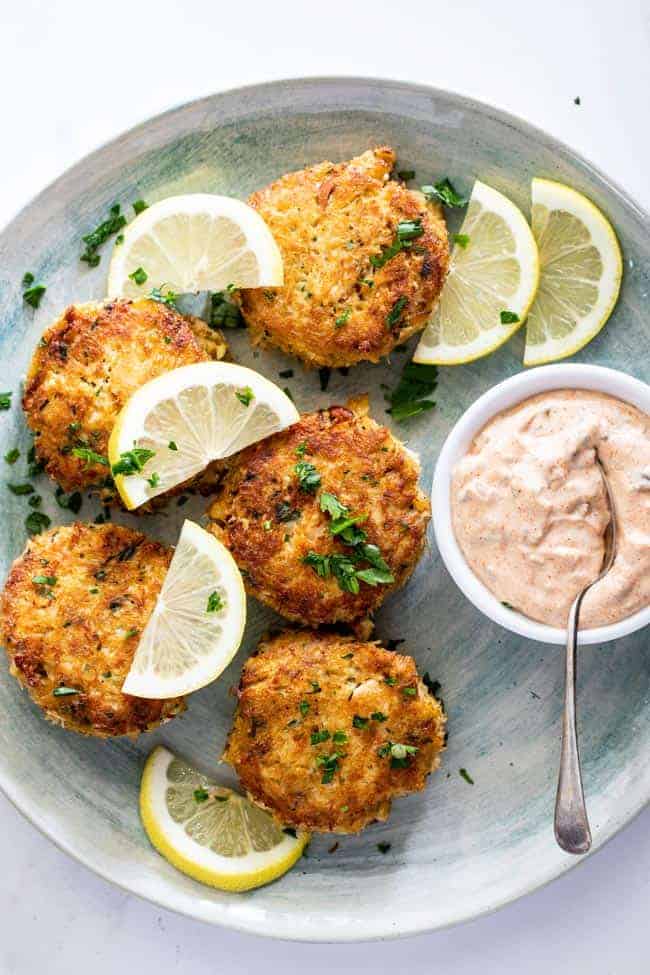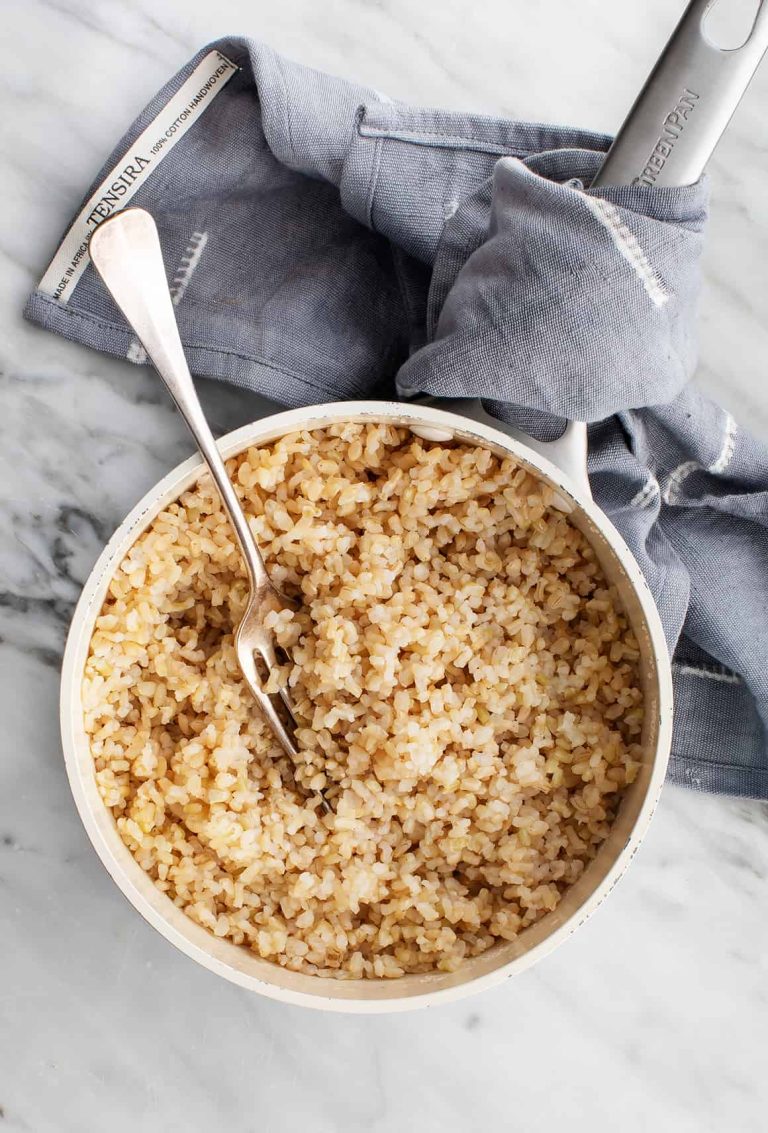Homemade Butter: Recipes, Health Benefits, and Vegan Alternatives
Homemade butter refers to butter produced in your kitchen using cream and simple tools. It’s a traditional product made by churning cream until the fat separates from the liquid (buttermilk). This process transforms the cream into a solid, spreadable product with a rich flavor. Understanding how cream changes during churning helps in achieving the right consistency and taste.
The Benefits of DIY Butter Making
Making butter at home offers several benefits:
- Quality Control: You control the ingredients, ensuring there are no additives or preservatives.
- Freshness: Homemade butter is fresher than store-bought, giving it a distinct flavor.
- Customization: Add herbs, spices, or honey to create unique flavored butter that suits your culinary needs.
- Economical: Using bulk cream can be cost-effective, especially if you regularly use butter.
- Sustainability: Reducing packaging waste contributes positively to the environment.
- Educational: The process enhances understanding of dairy products and food preparation.
Homemade butter connects you to traditional culinary practices while offering the satisfaction of creating a staple from scratch.
Ingredients and Tools Required
Essential Ingredients for Making Butter
- Heavy Cream: Use 2 cups (473 ml) of heavy cream with at least 35% fat content for best results. Organic and grass-fed options enhance flavor.
- Salt (optional): Add 1/4 teaspoon of sea salt or kosher salt based on your taste preference. Salted butter helps with preservation.
- Jar or Blender: Use a mason jar with a tight lid or a high-speed blender to churn the cream effectively.
- Strainer or Cheesecloth: Utilize a fine-mesh strainer or cheesecloth to separate buttermilk from the butter.
- Bowl: A large mixing bowl to collect the buttermilk.
- Spatula: Use a rubber spatula to scrape and mold the butter.
- Cold Water: Have cold water available for rinsing the butter to remove residual buttermilk.
Step-by-Step Guide to Making Butter at Home
Preparing the Cream
Select heavy cream with high fat content. For best results, ensure it’s fresh and chilled. Pour the cream into a jar or blender, filling it about halfway to allow space for churning. If using salt, add it now. Stir gently to combine.
The Churning Process
Begin churning the cream using a jar or blender. If using a jar, secure the lid tightly and shake vigorously. For a blender, start at a low speed and gradually increase. Continue until the mixture thickens, separating into butter and buttermilk. This typically takes 5-10 minutes.
Finishing and Storing Your Butter
Strain the butterfat from the buttermilk using a strainer or cheesecloth. Transfer the butter to a bowl and press it with a spatula to remove excess liquid. Rinse the butter under cold water until clear. Store the finished butter in an airtight container in the refrigerator for up to two weeks. For longer storage, consider freezing in smaller portions.
Different Variations of Homemade Butter
Adding Flavors and Ingredients
Enhance homemade butter by adding various flavors and ingredients. Incorporate herbs like rosemary or thyme to create a savory spread for bread. Include garlic, chives, or dill for rich, aromatic flavors. Add honey, cinnamon, or vanilla for a sweet variant ideal for pancakes or toast. Use fruit zest like lemon or orange for a citrus twist. Mix these ingredients into the freshly made butter and let it sit for several hours to absorb the flavors fully.
Vegan and Dairy-Free Alternatives
Explore vegan and dairy-free alternatives to traditional butter. Use plant-based oils like coconut, olive, or avocado to create a creamy substitute. Blend these oils with plant-based milk such as almond, soy, or oat for added consistency. Another option includes using nuts like cashews or macadamia, blending them with water and nutritional yeast for a cheesy flavor. Adding turmeric or smoked paprika provides both color and depth. Store these alternatives similarly, keeping them in the refrigerator for up to two weeks or freezing for extended use.
Health Impacts of Homemade Butter
Nutritional Comparison: Homemade vs. Store-Bought
Homemade butter offers some nutritional advantages compared to store-bought varieties. You control the ingredients, which means no preservatives, artificial colorings, or unnecessary additives. Typically, homemade butter consists of just cream and possibly salt. This purity can lead to a richer flavor and fewer unwanted substances.
Store-bought butter often contains additives to enhance shelf life. These may include artificial flavors, colorings, and preservatives which can affect your health in the long term. Many commercial butters also undergo extensive processing, possibly leading to the loss of some natural nutrients.
Homemade butter retains more of the original vitamins found in cream, such as vitamins A and D, which are crucial for vision, immune function, and bone health. In contrast, store-bought options may introduce trans fats through hydrogenation, impacting cardiovascular health. If you monitor your dietary intake closely, homemade butter might be the healthier option.
Considerations for Dietary Restrictions
When considering dietary restrictions, homemade butter offers greater flexibility. If you’re lactose intolerant, you can make clarifications to create ghee, a lactose-free alternative that provides pure butterfat. For those with salt restrictions, you can prepare unsalted varieties to control sodium levels strictly.
Individuals with allergies to specific additives or preservatives benefit from homemade butter as it eliminates potential allergens present in commercial products. You can also experiment with adding herbs, garlic, or other flavorings during the creation process, allowing for personalized and allergy-friendly variants.
For vegans or those following a plant-based diet, homemade butter alternatives can be crafted using ingredients like coconut oil, nuts, or seeds. These alternatives provide healthy fats and can be flavored to your preference, ensuring you receive a suitable butter replacement while adhering to dietary needs.
Conclusion
Making homemade butter allows you to control the ingredients and customize the flavors to your liking. Whether you’re enhancing it with herbs and garlic or exploring vegan alternatives, the possibilities are endless. Homemade butter not only offers superior taste and nutritional benefits but also caters to various dietary needs and restrictions. By choosing to make your own, you’ll enjoy a purer, richer product free from unnecessary additives. Dive into the world of homemade butter and discover the joy of creating something delicious and healthy right in your kitchen.





